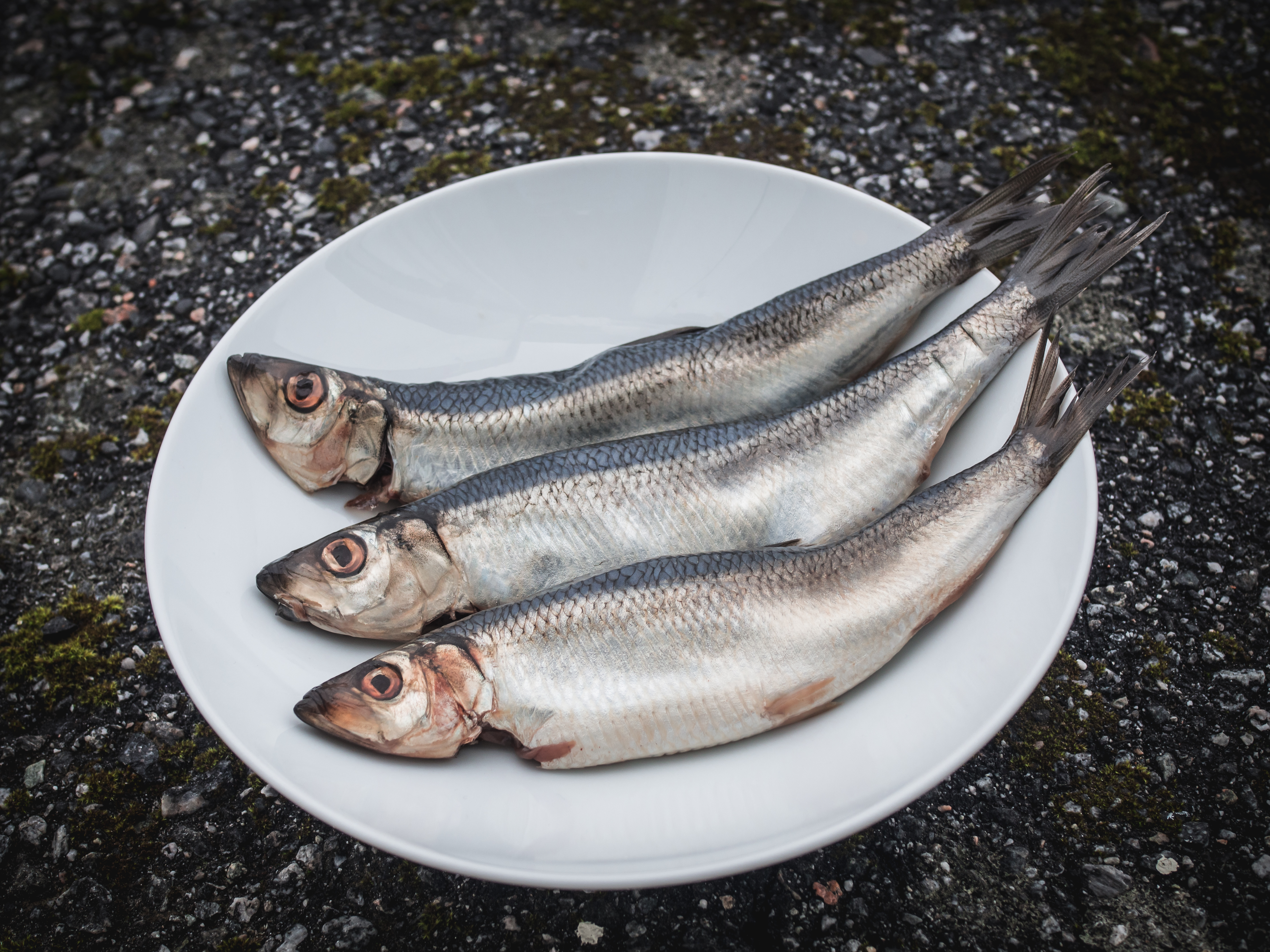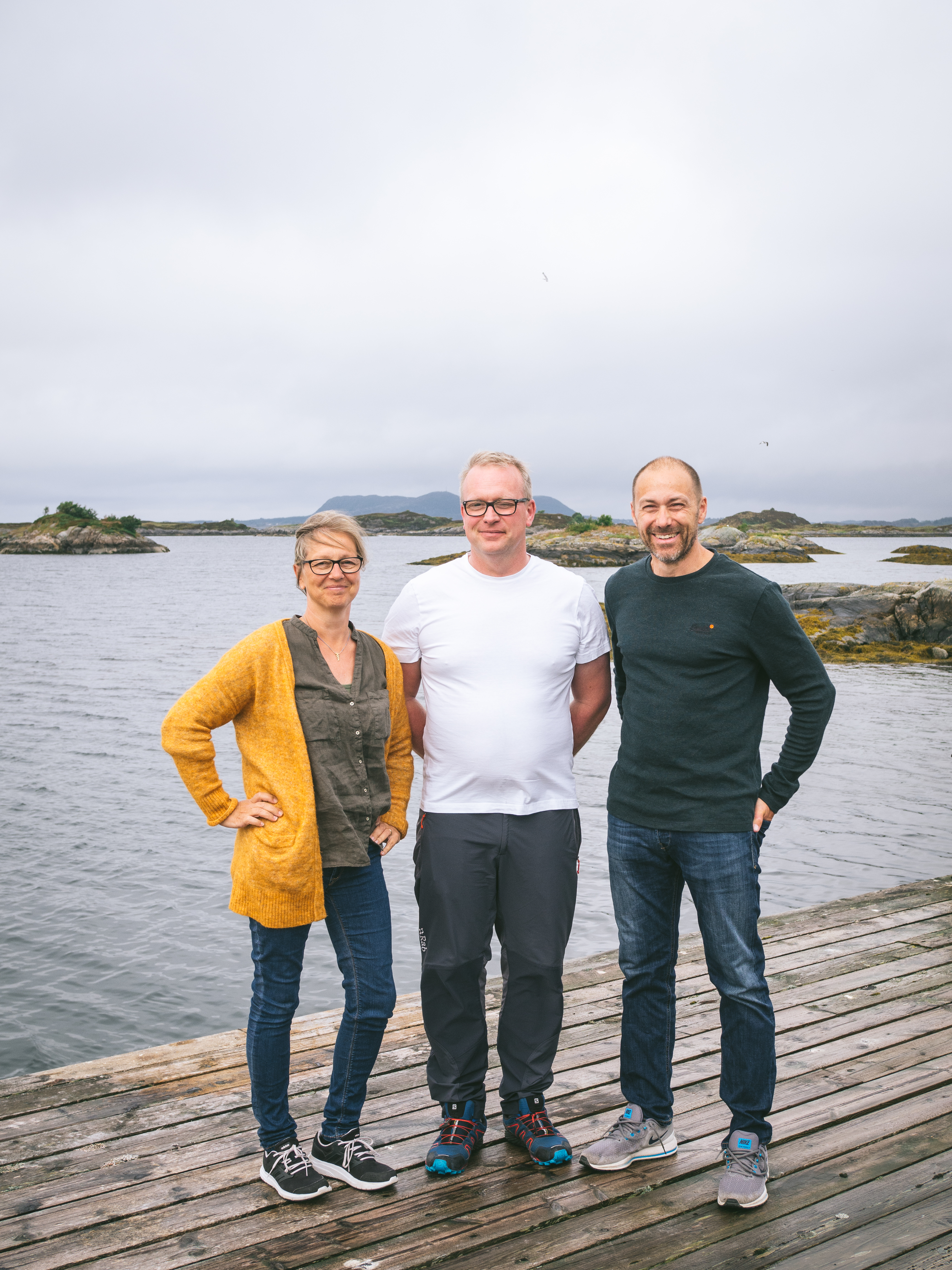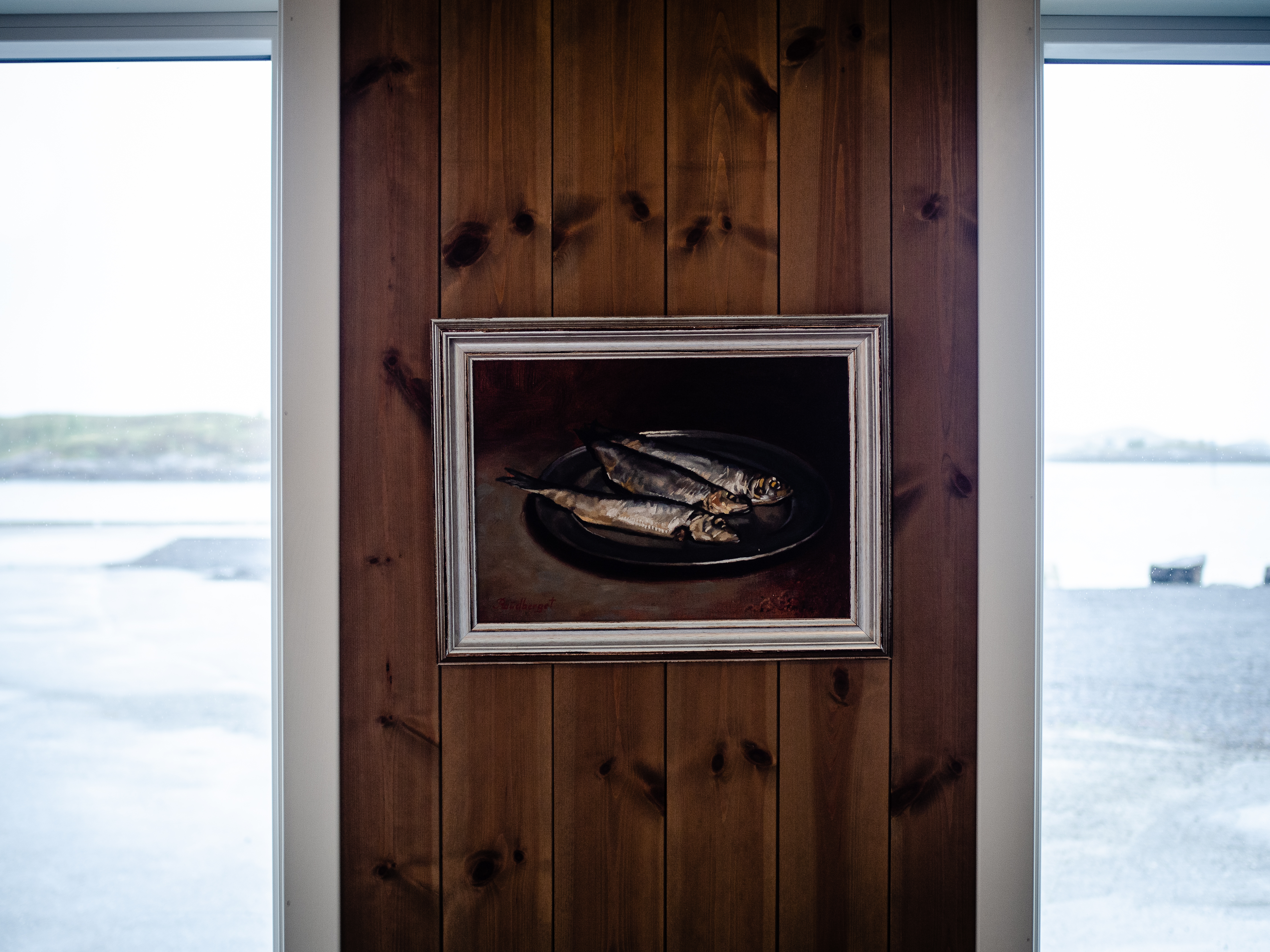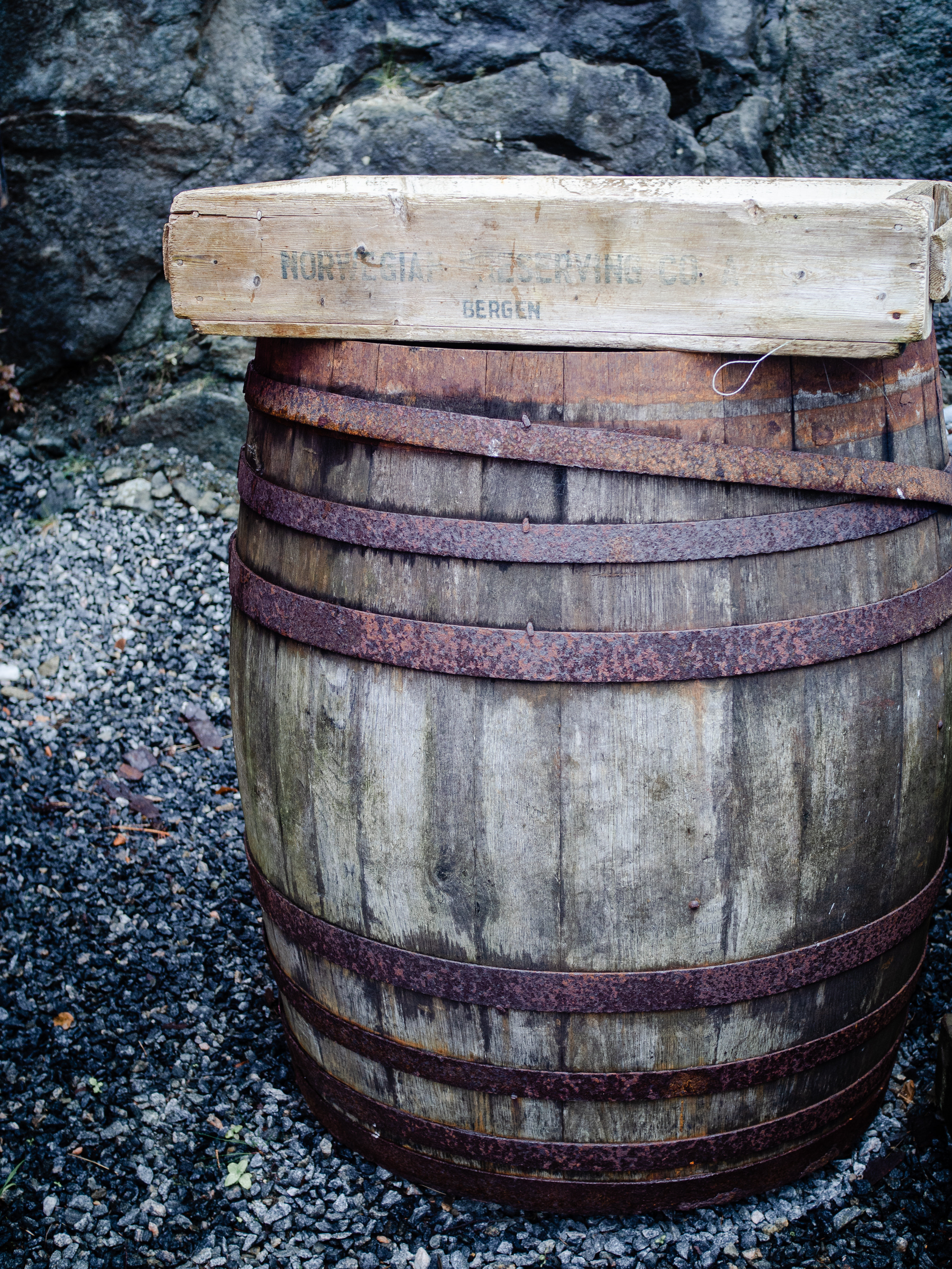


On the island of Gossen in Aukra, a tradition of great importance has taken place over the centuries. A tradition so vital to the community, it would have been unheard of it every slowing down. Yet, as time moved forward, so did fishing techniques and food trends. Somewhere in all of this, the humble herring “sild” seemed to fade from being an established meal to something reserved for a handful of special occasions. It’s light never fully out and the shadow of its greatness still lingering.
“For Norway’s coastal communities, the herring season has traditionally been a far more important event than the harvest. People would gather by the docks in anticipation, awaiting the herring. When the boats approached, eager shouts of “The herring is here!” would spread into a chant. They would then fill every bucket, barrel and cart with the silvery fish.” – Seafood from Norway
This tradition and celebration of herring is something that the Sporsheim family shared with me as I sat inside their cozy showroom on the docks, overlooking Juvika – the expansive sea, their source of herring. A place where people have been fishing as far back as anyone can remember. I met the family this past summer as I made way to the western coast of Norway to go crab fishing and visit their not-so-far neighbor, Michal, from North Sea Salt Works. Growing up inland in the US, I never gave any thought to herring, but I wanted to learn as much as I could and I couldn’t think of any better place to start than here with them.
Jon Ragnvald, Hanne Cecilie and her husband, Øyvind, are the team behind Juviksild. Not long ago, they took on the task of rejuvenating a Norwegian tradition and carrying on a family tradition that had been established by their grandfather in 1928. Using their father’s herring recipe, and a few new ones of their own, they have set off to capture the taste buds and imagination of Norwegians and the rest of world.



Before we indulged in a cozy herring meal to taste their selections, we chatted about the importance and history of herring and how they, in typical life fashion, ended up coming together to carry on the family business and becoming ambassadors for the silver of the sea. When discussing herring, they light up in a way that is so contagious I can’t help but want to be a herring ambassador too, especially when I learned more about its role in Norway and how incredibly nutritious it is.
Herring had this way of bringing people together. When herring season arrived, everyone cooperated rather than taking an individualistic attitude. It was about supplying and feeding the community, and herring was an abundant source. I also see this noble perspective in the way Jon Ragnvald, Hanne Cecilie, and Øyvind approach their business. The way they want to highlight herring again to honor those who labored and served before them, to create a sustainable and quality food source for the country, and ensure this great tradition continues for the generations to come.
They told me that herring has been written about as far back as the 1100s and has played a pivotal role in Norway and Europe, such as establishing cities like Amsterdam and Copenhagen. Herring has also played a role in the wars fought by the Dutch and English in the 1600s. The sheer volume of herring that can be fished in a season meant that during times of war, people relied heavily on it as a main food source.
In fact, herring was so important that the kommunevåpen “coat of arms” for Molde – a city in the Møre and Romsdal province that is just a ferry ride away from where Juviksild is located – is of a whale chasing herring into a barrel. The reason for this appears to be linked to medieval superstition, where it was believed that whales were sent by God to chase the herring towards land at certain times. A priest from Gossan also noted that, in the 1700s, during a time of great distress whales were spotted in the fjords pushing the herring in and ended up saving the people from famine. Soon after, Molde became a city and the coat of arms became a reminder of that distress as well as a symbol of happiness and progress for the establishment of Molde as a city.
Commercially speaking, no other fish comes close to its predominance and significance for Europeans. When salt began to be imported to Norway, Norwegians started using it to preserve the herring in barrels. This was crucial to the fishing economy as well as ensuring a reliable food source throughout the seasons. More often than not, herring was about survival. If you had a barrel of herring preserved in salt, it would keep for two to three years and then you were set with a nutritious source of food.
Boats would transport the herring from these islands to Bergen, creating a vital economic source for the local communities. Hanne Cecilie pointed out a worn-out barrel that once would have been filled to the brim with herring. On top of the barrel is a reminder of this route with a wooden box that reads “Norwegian Preserving CO Bergen”.



Although herring was once an essential part of the community, it seems to have been left a little behind in culinary trends and in everyday eating habits following WWII. Perhaps because herring was, at many times, a necessity – a meal for survival and one that perhaps had been repeated too often with too little change. This perception, if you will, is what Juviksild are tackling.
They have taken the biggest hurdle away for the consumer. That is, watering down the herring, which is usually something one must do when buying it. Many people find it difficult to water down because the final product can be either too salty or too bland. Juviksild does it just right and to make it even easier, they’re herring is packaged ready to eat in a variety of flavors. They also provide various ways of serving their herring on their website– from bete, a traditional sandwich of potato, cured herring, rutabaga and butter between two pieces of flatbread to herring “tacos” and coconut curry herring. There really is something for every tastebud and they continue to add to their recipe repertoire to make it easier for people to bring herring back to the table on a regular basis.
You can understand why I was more than happy to accept their invitation to join them for a traditional herring dinner. We sat at a long table and placed before us was preserved herring served with boiled potatoes, rutabaga, flatbread, butter, pickled red beets and raw onion. To drink, there were tall glasses of cold, soured milk. The whole meal was delicate, flavorful and well-balanced. Being the generous hosts they are, the meal did not stop there. They continued to serve course after course, highlighting traditional and innovation flavors so I could experience each and every herring product they produce. Looking back, I probably should have paced myself better or left a little on each plate, but everything was so luscious that I couldn’t possibly let any of it go to waste. I thoroughly enjoyed every tasting, but the ones that stood out to me the most was the traditional bete, the chili-spiced herring with mango, thyme, fresh chilies and crème fraiche, and the ginger-spiced herring with honey, raw red onion, and strawberries.
This is exactly the kind of innovation and enthusiasm that makes them stand out. They’re not afraid to highlight tradition and they are not afraid to explore new tastes that truly tap into the creative realm of possibilities for the versatile herring.






With a full belly, they took me on a tour of their factory to get a firsthand look at the magical transformation that takes place when preserving herring. They make several varieties from herring caught in the summertime and those caught in the wintertime. Jon Ragnvald explained the importance of having the correct fat content for the highest quality. You want 18-20% fat for summer herring and 16-18% for autumn herring.
Besides being a fish that is particularly suitable for preserving, herring is one of the most nutritious food sources we can eat. It’s high in omega 3 (providing one of the most concentrated sources you can get), protein, calcium and vitamins A, D, and E. As herring migrate in the cold waters, they eat plankton and small crustaceans, absorbing the best of the sea. This, in turn, makes quality tasting herring.
We carried on discussing how healthy herring is as a food source and the science behind preserving. We visited a room lined with barrels full of herring maturing in brine and I got a spoonful of their aromatic brine – minus the herring – to taste. A smaller room filled with spices of earthy colors and enchanting smells drew me in. I was shown all the various spices they use in their brine but, of course, the secret combinations remain a family secret.



For me, it was a day that could keep on going. When you walk those docks, you feel this sense of history and you can’t help but feel a deep respect for the fisherman whose boats left the shore and came back filled with the silvery fish. It’s easy to picture the community lined up waiting in anticipation and cheering them on. You also feel the optimism and innovation that Juviksild are radiating by taking a previous champion-turned underdog back into a champion again, better than ever.
I truly applaud the mission that Jon Ragnvald, Hanne Cecilie, and Øyvind have set for themselves. They have such great admiration and respect for herring and for carrying on the legacy of not only their family, but the families of all those who have been a part of the fishing culture. Their approach to nurturing the landscape is clearly evident, putting quality first that you can taste it in every bite. They also exude with a passion that comes when something runs deep in your veins. For them, that’s herring and family.
They’re innovating and putting herring back on the culinary map in a way that is delightful and inspiring. It’s no small feat to tackle the misconceptions of herring, but to also create delicious products and recipes is what sets them apart. They have many accolades to their name and it’s only the beginning of what I know will be a very fruitful journey, both for them and the humble herring.
Tusen takk til Jon Ragnvald, Hanne Cecilie, and Øyvind ♥







Thank you herring, very cool!